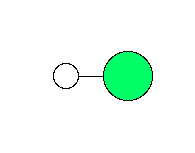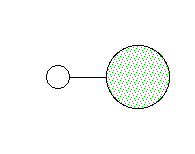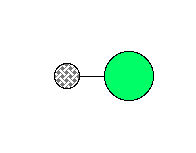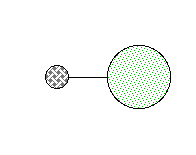1HF
o = 4139 cm-1
ZPE = ho/2 = 24768 J/mol
1HCl
o = 2991 cm-1
ZPE = ho/2 = 17898 J/mol


2HF
o = 2998 cm-1
ZPE = ho/2 = 17940 J/mol
2HCl
o = 2145 cm-1
ZPE = ho/2 = 12836 J/mol

